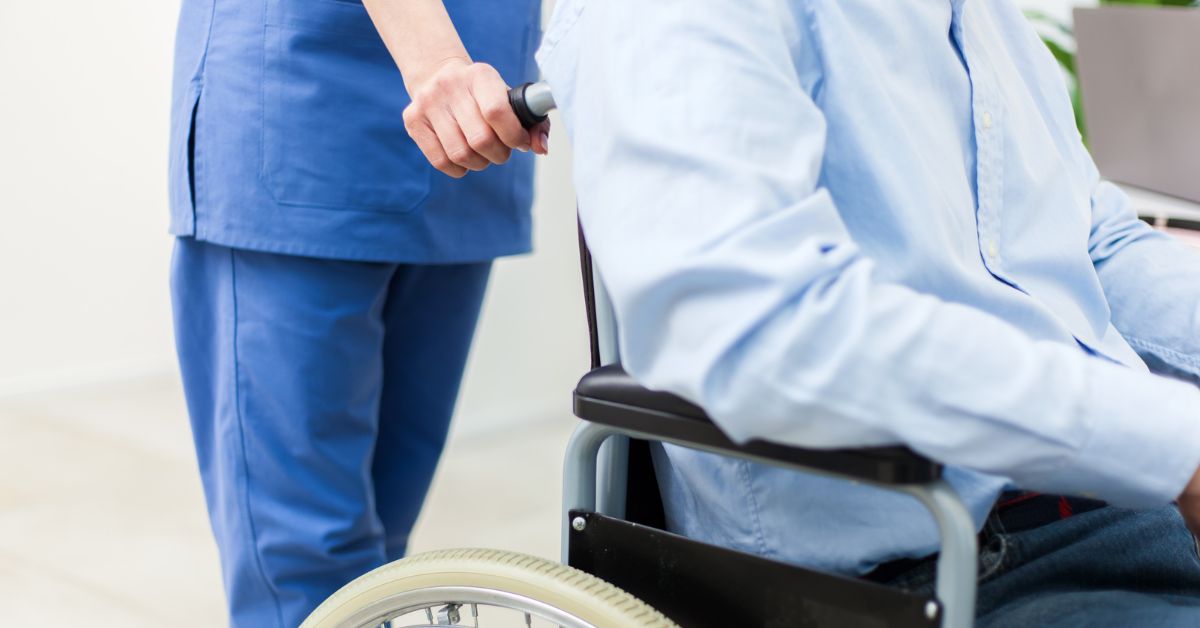How To Safely Evacuate Healthcare Patients in Wheelchairs

Emergencies manifest in many forms, requiring you to react and respond to varying situations. No matter the danger or problem at hand, most emergency responses involve an evacuation plan. The greater the distance you put between yourself and the hazard, the lesser the dangers and risks. Many patients require and depend on additional support when moving from one destination to another, making evacuations a little more complicated. Learn how to safely evacuate healthcare patients in wheelchairs to guarantee a more streamlined evacuation process, ensuring all your patients swiftly get to safety.
Make Your Exit Routes Wheelchair Accessible
Depending on your establishment’s design and number of stories, most exit routes involve taking the stairs—given that taking the elevators is out of the question. Although you can carry patients down flights of stairs, the process is time-consuming and comes with many risks of its own, from carrier injuries to tripping hazards. Depending on your patient’s situation, carrying them also risks causing discomfort and additional injuries. Making sure your facilities offer wheelchair-accessible exit routes saves you a lot of time and reduces safety risks.
Pro Tip: Keeping your wheelchair patients on the ground level when possible makes the evacuation process much faster and safer because you don’t have to worry about navigating the stairs.
Make Patients in Wheelchairs a Priority
According to OSHA fire safety plans and best practices for healthcare providers, patients have priority in evacuations. A patient’s safety supersedes the professional’s when working in healthcare. In the hierarchy of patients, those who depend on assistance take higher priority. Making your wheelchair patients a top priority gives you plenty of time to safely navigate them out of the building without getting in anyone’s way. People who can exit the building by themselves can move a lot faster.
Pair Patients With Designated Professionals
Pairing patients in wheelchairs with a designated evacuation buddy guarantees each patient receives professional support during emergencies, and no one is left unassisted. Many high-risk patients require special care. Pairing high-risk patients with a professional who knows how to best cater to their needs ensures that if any additional health emergencies arise, the patient is in safe hands.
Safely evacuate healthcare patients in wheelchairs with these tips and make sure everyone safely exits your facility during an emergency.





